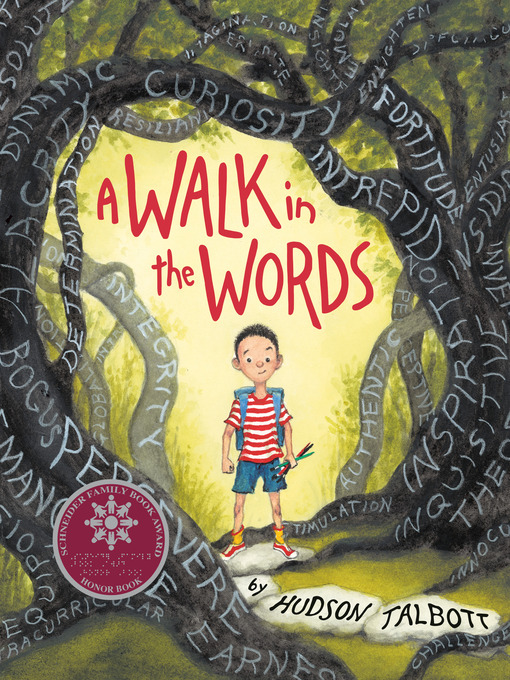- Available Now eBooks
- Comics and Graphic Novels for Kids
- Comics, Graphic Novels and Manga for Teens
- Picture Book Collection
- What's New?
- Popular Titles
- Check These Out!
- Popular Kids Nonfiction
- See all ebooks collections
- Available Now Audiobooks
- What's New?
- Popular Titles
- Check These Out!
- Audiobooks for the Whole Family
- See all audiobooks collections





